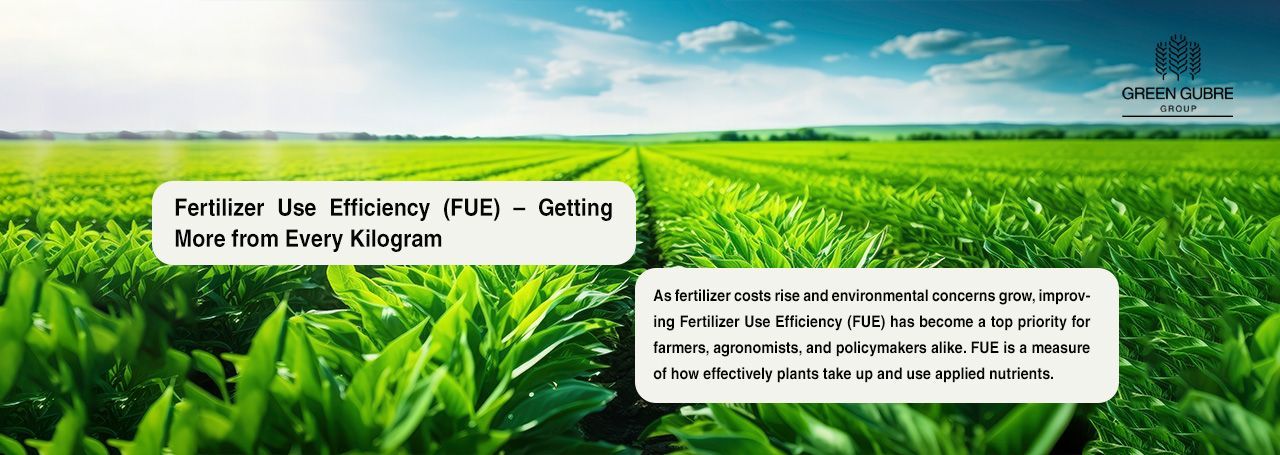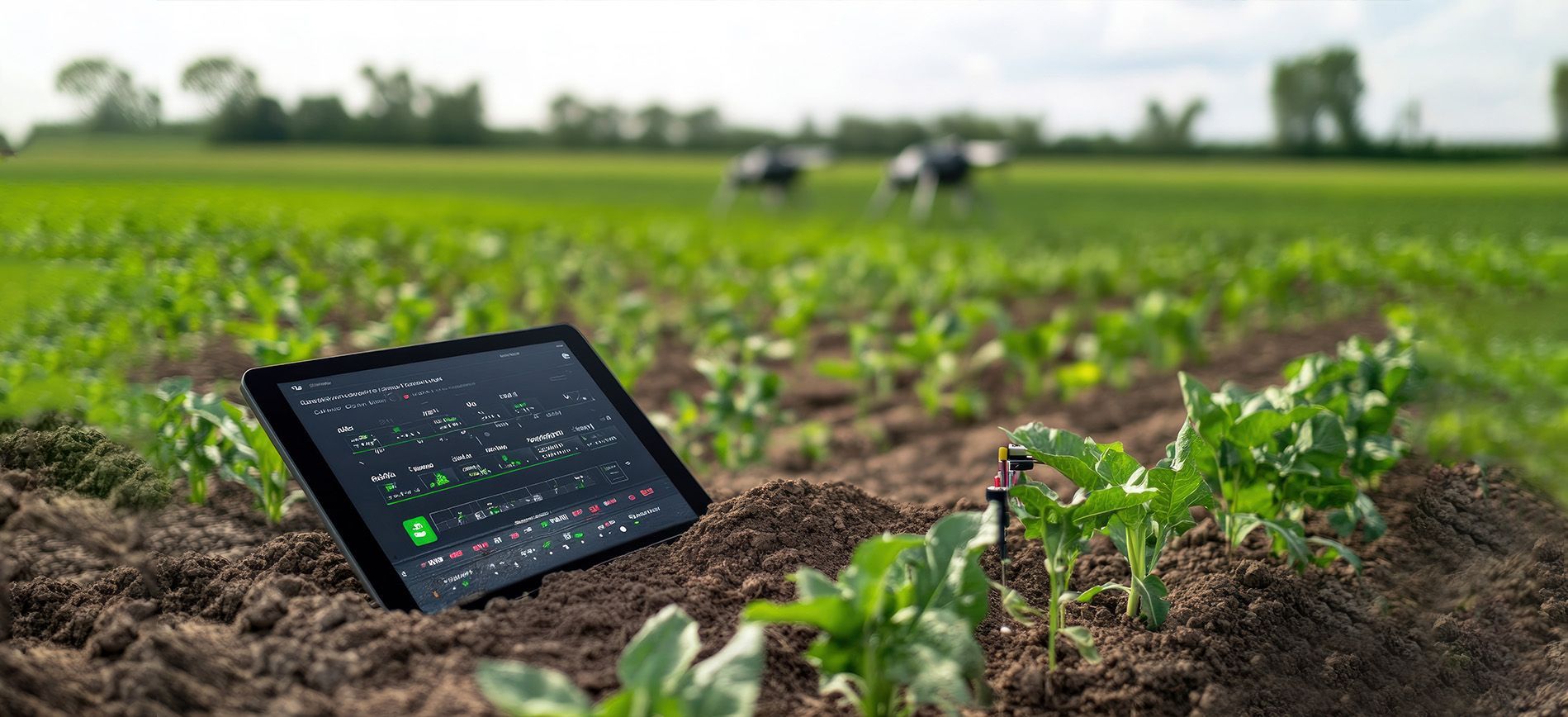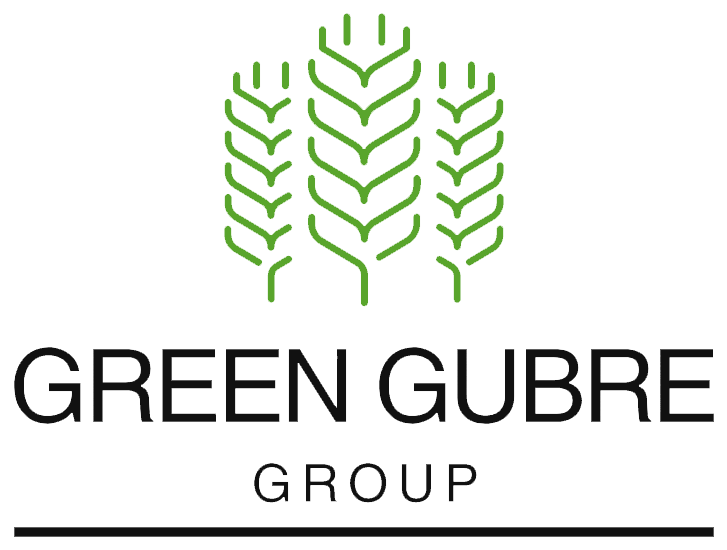Climate-Smart Fertilizers – Adapting Agriculture for a Changing Planet
Climate-Smart Fertilizers – Adapting Agriculture for a Changing Planet

Introduction: Feeding the World Under Climate Pressure
As climate change alters rainfall patterns, raises temperatures, and increases soil degradation, farmers face a tricky question: how do we sustain food production without compromising environmental integrity? The answer lies in climate-smart fertilizers—innovative products and practices designed to increase productivity while reducing greenhouse gas emissions, runoff, and other ecological impacts.
These fertilizers support resilient, adaptive, and sustainable agricultural systems—making them a key pillar of global food security.
Source – FAO – Climate-Smart Agriculture
What Are Climate-Smart Fertilizers?
Climate-smart fertilizers are not a single product but a category of nutrient technologies and application methods aimed at:
- Reducing emissions from nitrogen loss (e.g., nitrous oxide)
- Improving nutrient use efficiency (NUE)
- Adapting to weather variability
- Improving soil carbon and organic matter
These include:
- Enhanced Efficiency Fertilizers (EEFs): Stabilized or slow-release nutrients
- Bio-based Fertilizers: Organic or microbial formulations
- pH-Controlled and Site-Specific Blends: Tailored to soil conditions
- Liquid and Foliar Fertilizers: Lower application rates, faster uptake
Environmental Benefits of Climate-Smart Fertilizers
| Benefit | Impact |
|---|---|
| Lower N₂O emissions | Reduced greenhouse gas intensity from synthetic N use |
| Less runoff & leaching | Protects surface and groundwater from eutrophication |
| Soil carbon preservation | Balanced nutrition supports root biomass and humus |
| Reduced acidification | Better fertilizer matching minimizes soil degradation |
| Improved biodiversity | Soil microbes thrive under efficient nutrient regimes |
Source – Journal of Cleaner Production
Examples of Climate-Smart Fertilizer Technologies
- Urease and Nitrification Inhibitors – Delay nitrogen loss from urea.
- Coated Urea (PCU, SCU) – Releases nitrogen based on soil moisture and temperature.
- Liquid Organic Extracts – From compost, seaweed, or microbial sources.
- Sulfur-Coated or Stabilized Fertilizers – Reduce ammonia volatilization.
- Micronutrient Enriched Blends – Correct hidden deficiencies that reduce resilience.
Source – IFA – Fertilizers and Climate
Adaptation Advantages for Farmers
Climate-smart fertilizers don’t just help the environment—they help farmers stay profitable:
- Higher yield stability during drought or excess rain
- Reduced input waste from better targeting
- Improved soil structure and organic matter
- Access to carbon credits in some countries for using EEFs
Source – FAO – Sustainable Fertilization
Green Gubre Group’s Climate-Smart Portfolio
We support forward-thinking growers with:
- Polymer-Coated Urea (PCU) for phased nitrogen delivery
- NPK + Zn + S Smart Blends based on soil mapping
- Stabilized Urea with NBPT for reduced losses
- Seaweed-Enhanced Liquids for stress resilience
- Customized Fertilization Plans for climate-affected zones
Our team helps you implement adaptive fertilization tailored to regional rainfall, temperature, and soil trends.
Conclusion: Fertilizing for the Future
Climate-smart fertilizers represent the next evolution in nutrient management. They align agronomic performance with environmental responsibility—supporting both profitable farming and planetary health.
As climate pressures rise, the most brilliant move isn’t just to fertilize more—it’s to fertilize better.




